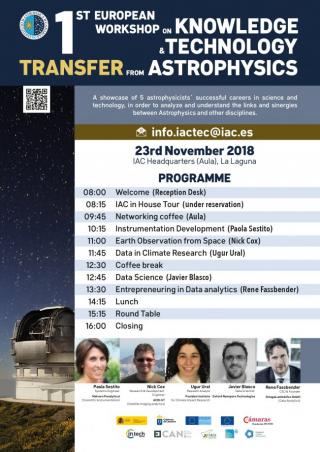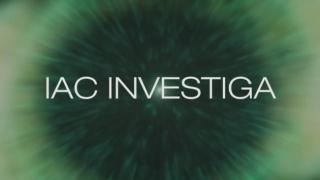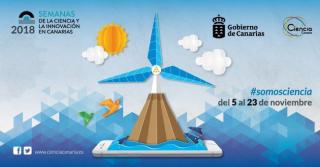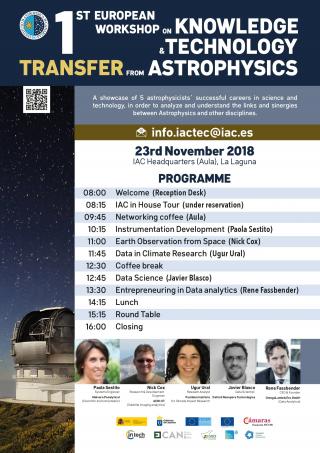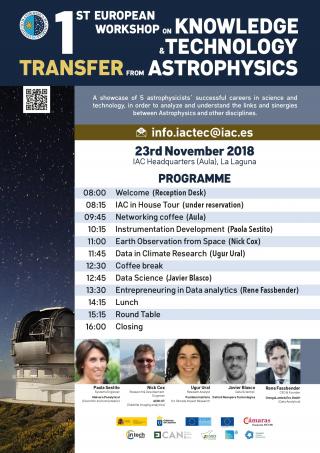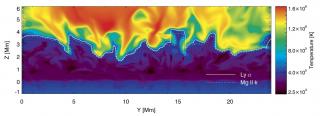
The CLASP suborbital rocket experiment, motivated by theoretical investigations carried out at the IAC, provided unprecedented observations of the polarization of the solar ultraviolet radiation. The theoretical modeling of these pioneering observations has revealed that the enigmatic chromosphere-corona transition region is extremely corrugated, with a geometry much more complex than in today’s most advanced models.
Advertised on
